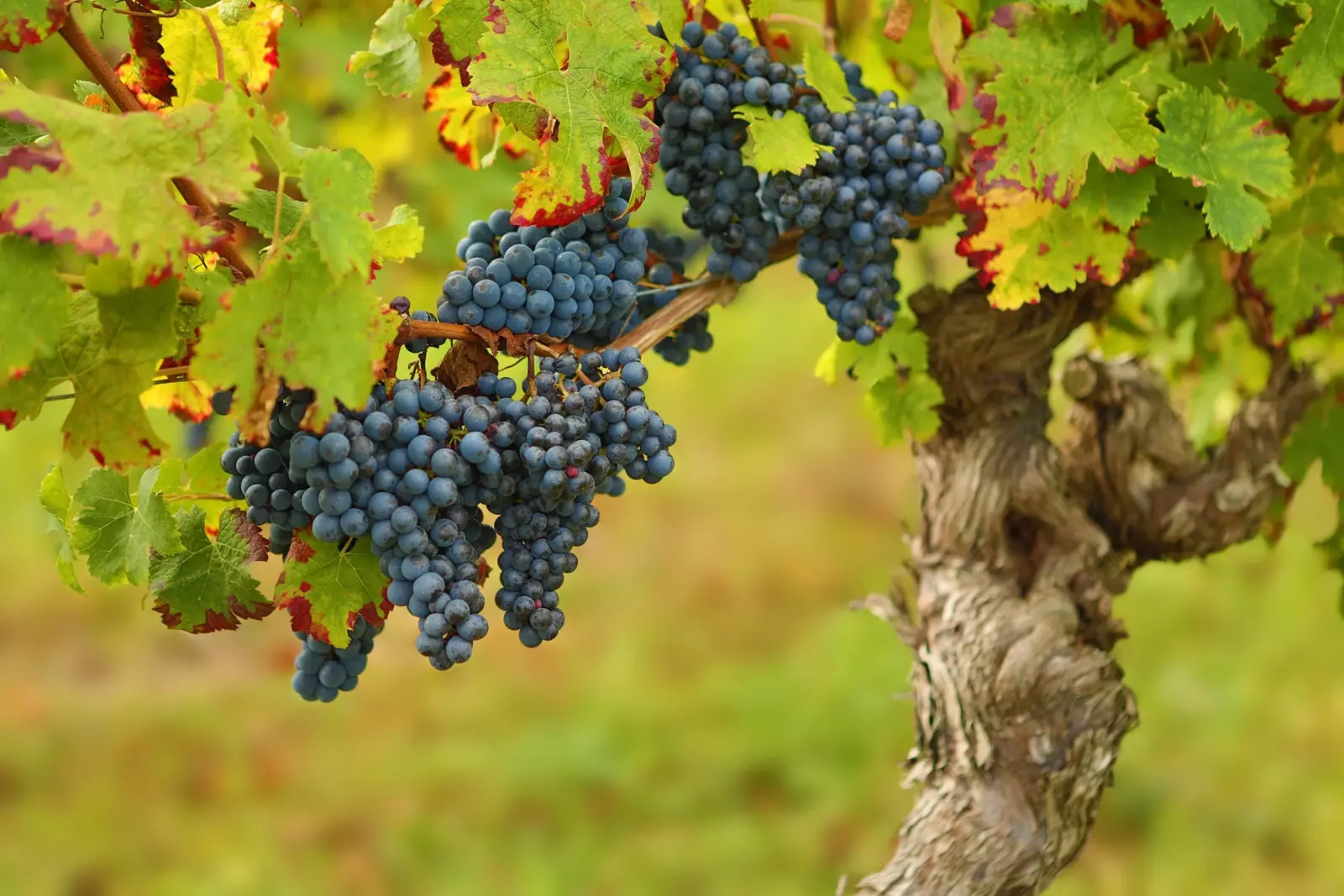
With all of you, some of the most particular grapes of our geography
Let's see, yes, globalization also affects the world of wine and grapes that until not long ago seemed exotic in the country's vineyards have been able to adapt and work, in some wines, very, very well.
PI(Ñ) OT NOIR ANDALUZA, AND OLÉ
Worth the wink of Cañí accent to talk about one of the most appreciated grapes in the world, which originally, if we can put it that way, is burgundy
Miles, the character played by Paul Giamatti in Entre Copas, he said that he loved this grape because “needs constant care and attention” and that it could not be found anywhere, but "in very specific remote corners of the world"
The passion that this little ink awakens, in addition to the fact that "only the most patient and careful winegrowers" can extract its full potential, has led a few oenologists and not a few winemakers to try to have a real romance with pinot by planting it in various places.
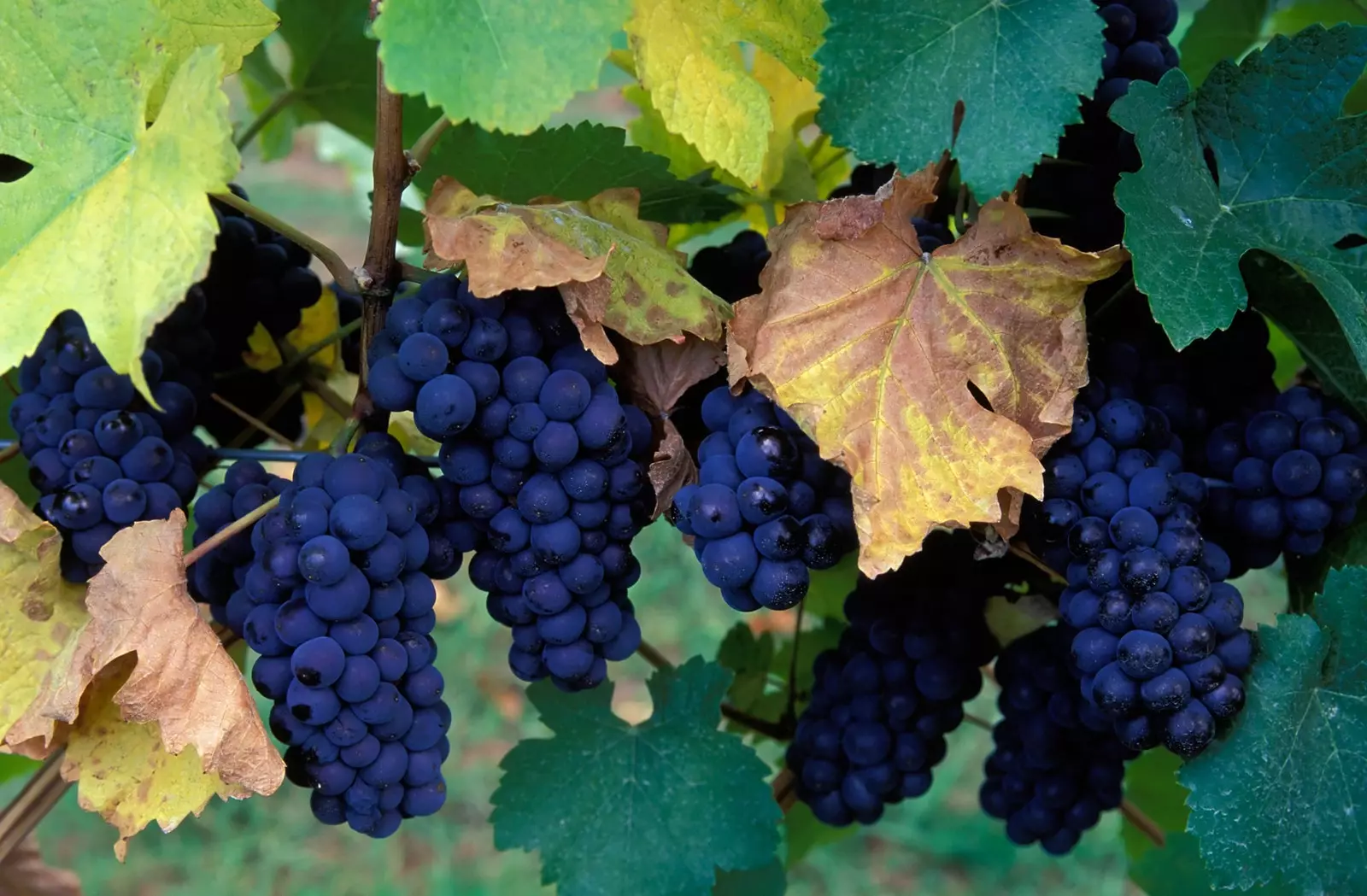
Pinot noir, one of the most appreciated grapes in the world
But one of the ones I like the most, for daring and for being different (and whoever says that this is not the true spirit of the pinot, screw him) is the one that cultivates (and pampers) bibi garcia in Ronda, in Cortijo Los Aguilares.
Bibi says of her pinot that it is “like the rose in The Little Prince: subtle, elegant, that makes you fall in love but makes you suffer”. But she, very punk, dares to make it in this Andalusian estate 900 meters above sea level, despite the fact that "we need Japanese precision to take care of that garden that is our Pinot Noir vineyard".
What happens when you pamper her and take care of her? Well, what comes out? a wild, spicy wine with an explosion of forest fruits (blackberries, raspberries, blueberries) , with mineral freshness and one of those rich, lively, fluid textures… An unusual and rebellious pinot that is a zasca for disbelievers and Taliban of the "indigenous".
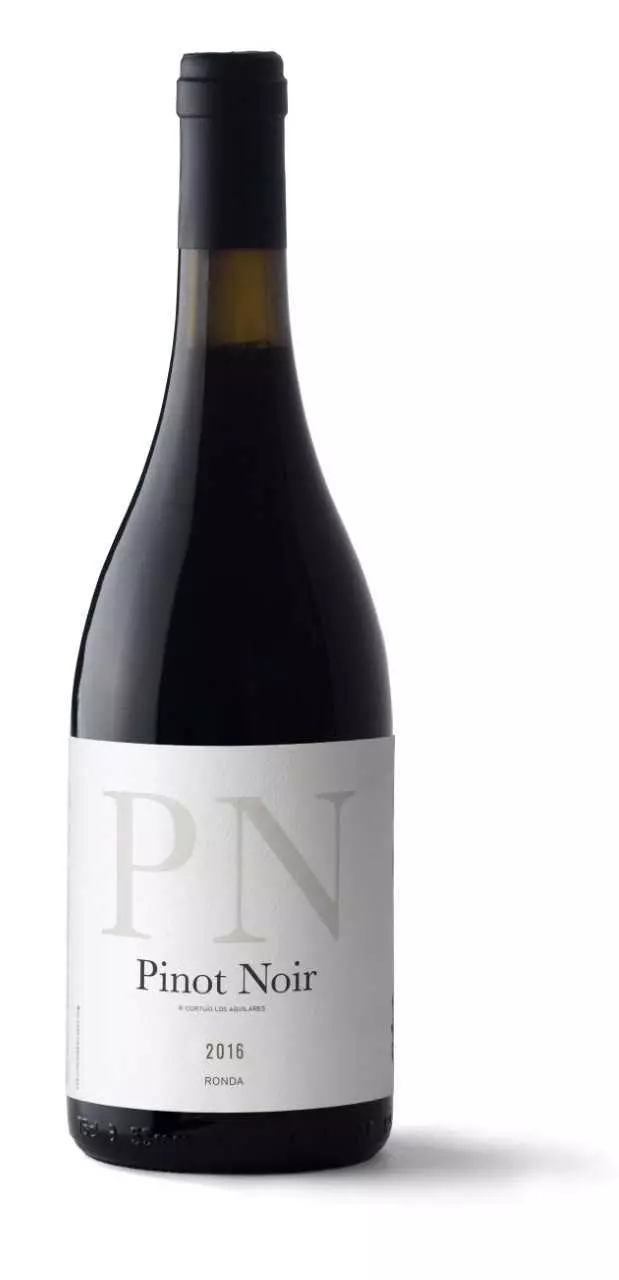
The pinot noir: "subtle, elegant, that makes you fall in love but that makes you suffer", says Bibi García
RIESLING TXAKOLINA
15 years have passed since Garikoitz Rios and his team dared to make ** a white wine in the land of txakoli. ** One moment, Is it that txakoli is not white wine? It is, now it is more accepted, but when they decided to skip the unwritten rules and make a more understandable txakoli for “foreign” palates, the fundamentalists (those of the fundamental, which prevents them from understanding the evolution in viticulture) accused of "not making txakoli, but white wine".
Having these spokesmen, who needs the RAE? The fact is that Rios, a guy full of ideas that seem crazy but have their point of sanity, thought that those traditional txakoli raw materials still needed a bit of rock and roll to turn a light, fresh and inconsequential wine into something serious.
And so he did. Riesling in Gernika, there it goes. The result is ** Itsasmendi 7 ,** a wine named after the deposit where it is made at the time it went against the current and today it is almost a classic, and that it has, why not say it, part of its greatness thanks to the great white of the Rhine.
Because the Riesling, Basque, Basque, is not. But on this white it works and gets along wonderfully with the local hondarrabi zuri and hondarrabi zuri zerratie. Fresh, full-bodied, mineral, complex, fine, with stateliness and an acidity that ensures survival (and improvement) over the years in the bottle.
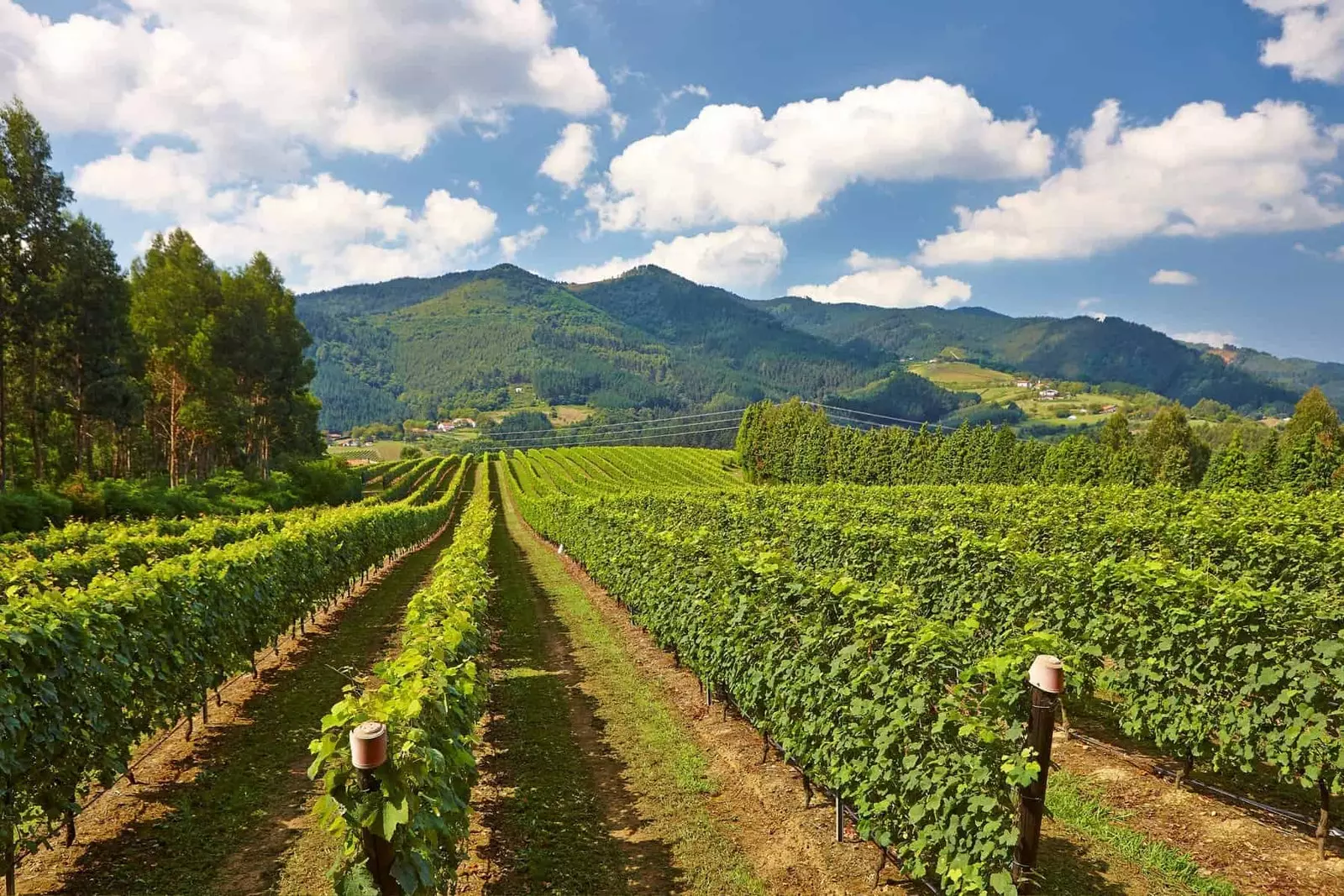
The Itsasmendi Winery is located in the heart (Gernika) of the Urdaibai Biosphere Reserve
TORRONTES IN RIOJA
the name sounds like Argentina , where several torrontés are grown (including a 'riojana' that is used in La Rioja, in the country of Eva Perón) but the one we are going to talk about here is, in fact, from a variety more typical of central Spain (Ribera del Duero, León) which was formerly cultivated in The Rioja (now yes, Spain), almost extinct in the region and with a similar name, Turruntés, with which an intrepid winegrower, Abel Mendoza, started working a few years ago and that, in order to add more curl, it labels its bottles as torrontés, despite the fact that it is an unusual synonymy to refer to this variety.
The fact is that he, and only he, makes a white labeled as 'torrontés' despite the fact that the Regulatory Council of the Rioja Qualified Designation of Origin recommends "not to confuse" the turruntés (the Spanish Riojan) with the Argentine torrontés (or Galician , or Portuguese, which is also there) .
And Mendoza, little by little, and from turruntés shoots that a fellow winegrower like him gave him, he was recovering vines, slowly and unhurriedly, and discovering that yes, that his Torrontés, if he listens to it, had a message.
Potential, he calls it, a potential for aging, he says, that “we are still discovering”, since there are not many vintages that he has been working with her and, nevertheless, its white is already known among winelovers.
“Torrontés, neither eat it nor give it, it is good for wine”, Mendoza tells that his grandfather recited to him. The Riojan has been getting along with her, with her fat grains, her low pH (which contributes to high acidity) and learning that you have to take care of her and, why not, be a little bold of her
** Mendoza is inventing a wine of this variety in Rioja,** a unique white that is showing it new paths. And to us, new flavors. And that's cool. Much.
MURCIAN GARNACHA
Yes, Garnacha is ours, very much ours, and it is one of the inks that spreads the most over bull skin, but approaching the Spanish southeast, despite being a variety that gets along well with the Mediterranean, was not so clear… until ** José María Vicente showed that yes, the garnachismo reached those latitudes.**
Such a native variety could not function badly if it is treated as he does, respecting its long cycle and drawing inspiration from a famous Grenache wine enclave, the south of France, with great Grenache wines such as those from Châteuneuf du Pape.
That made him decide and look for a kind of respite planting grapes that would allow him to have a wider vintage in the time that counting only with monastrell (autochthonous grape of Jumilla, where his property is located).
The result is magnificent and, why not, rare, the molar, Made only with Grenache (eye, the ink, not to be confused with Tintorera, much more established in the area and traditionally used to give color...) and capable of transmitting as well as it does in other areas (Gredos, Rioja, Aragon , Priorat) that landscape, this time, Mediterranean: it is mature, cheerful, with a moderate point of opulence, with freshness and lots of fruit, tasty... pure pleasure.
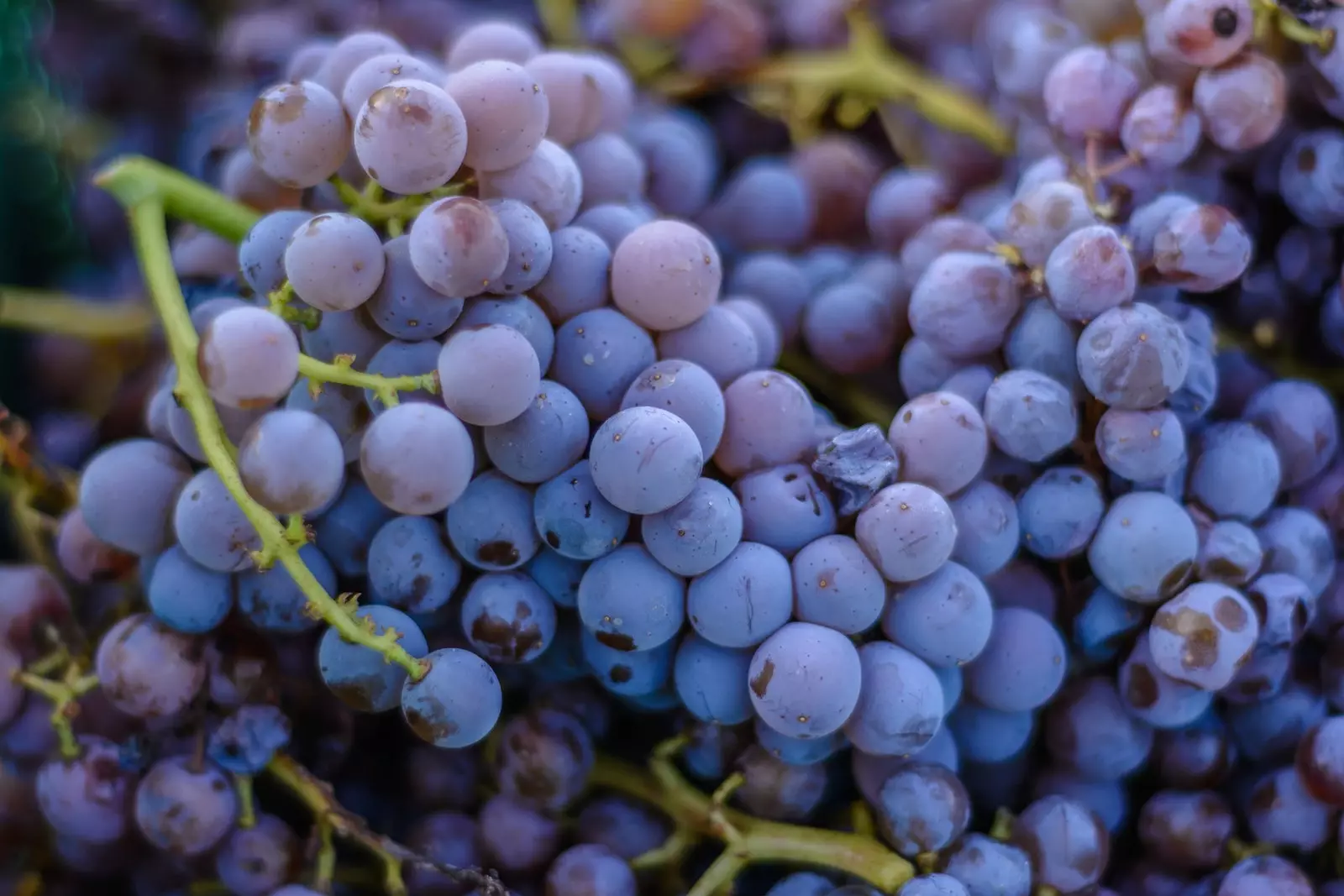
Murcian Garnacha is one of the inks that spreads the most over bull skin
